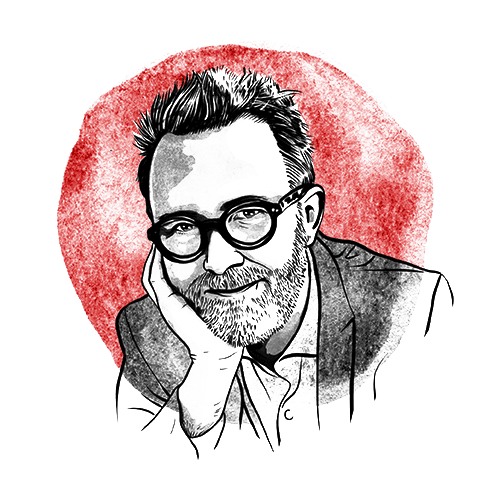The mysterious cellular connection
The idea that families exist in deep relation to one another is not merely a metaphor, or as biologically cut-and-dried as we may think:
How many people have left their DNA in us? Any baby we’ve ever conceived, even ones we’ve miscarried unknowingly. Sons leave their Y chromosome genes in their mothers. The fetal cells from each pregnancy, flowing in a mother’s bloodstream, can be passed on to her successive kids. If we have an older sibling, that older sibling’s cells may be in us. The baby in a large family may harbor the genes of many brothers and sisters. My mother’s cells are in my body, and so are my daughter’s cells, and half my daughter’s DNA comes from her dad. Some of those cells may be in my brain. This is squirm-worthy.
But there’s something beautiful about this too. Long post postpartum, we mothers continue to carry our children, at least in a sense. Our babies become part of us, just as we are a part of them. The barriers have broken down; the lines are no longer fixed. Moms must be many in one.
(H/T: Ellen.)
